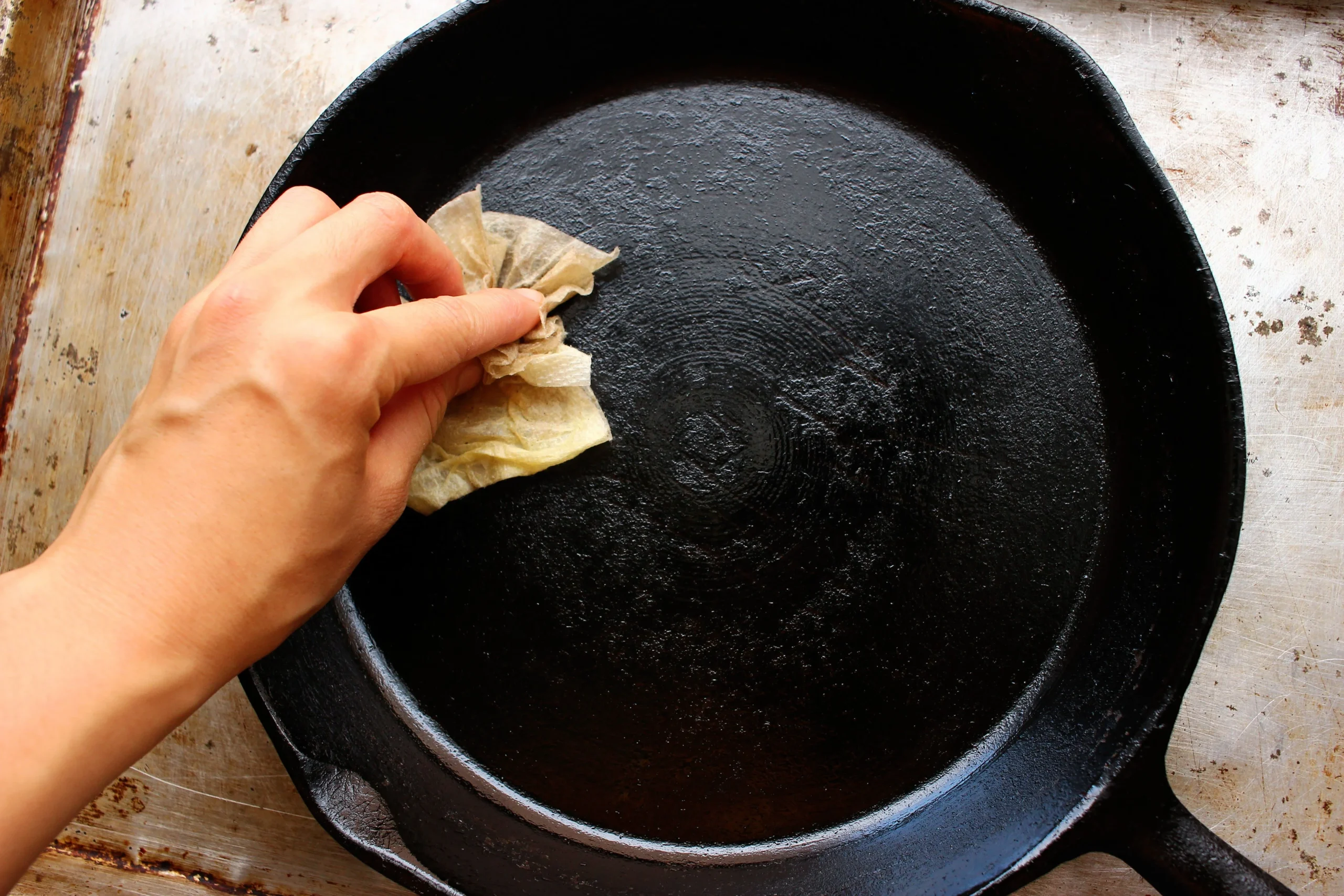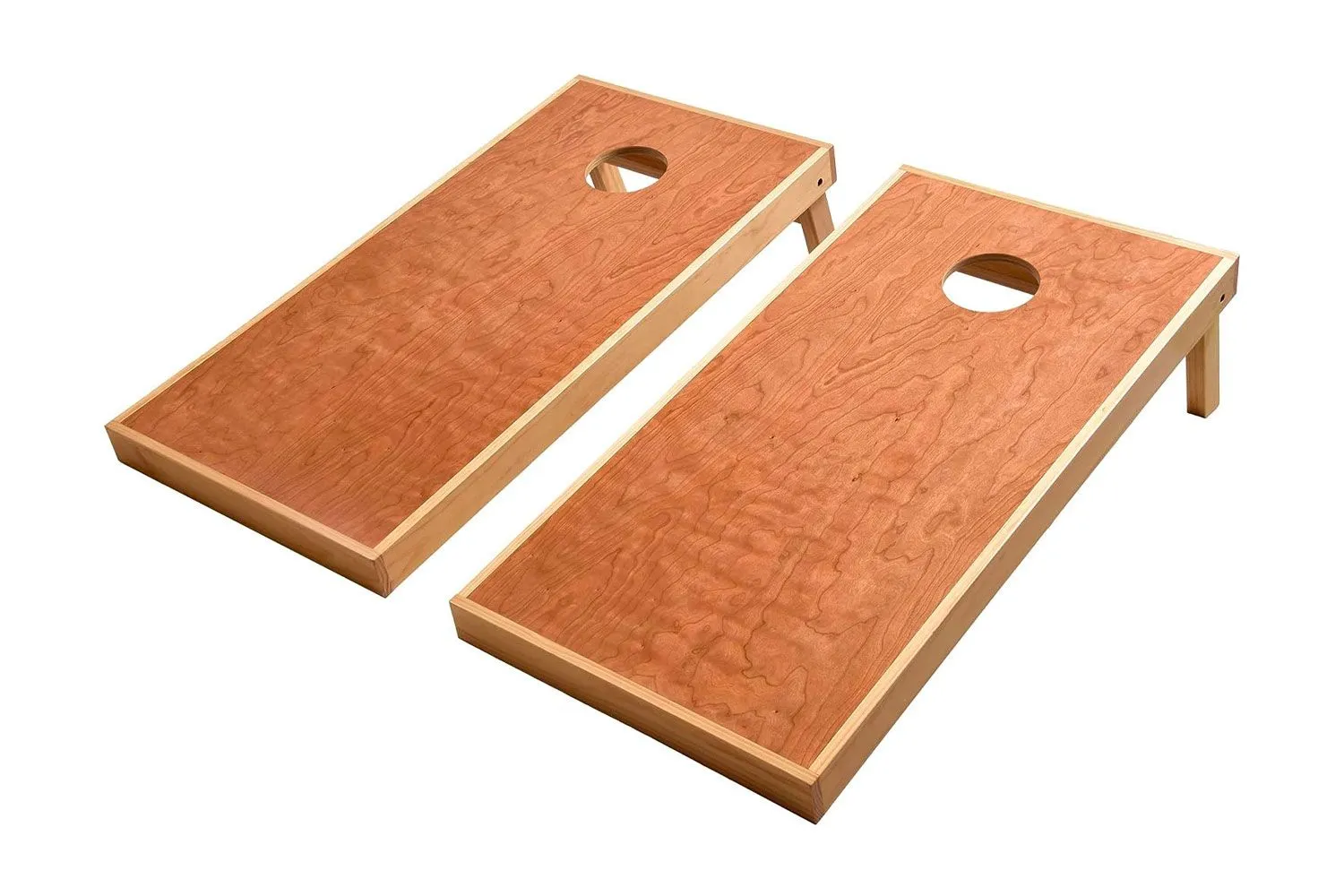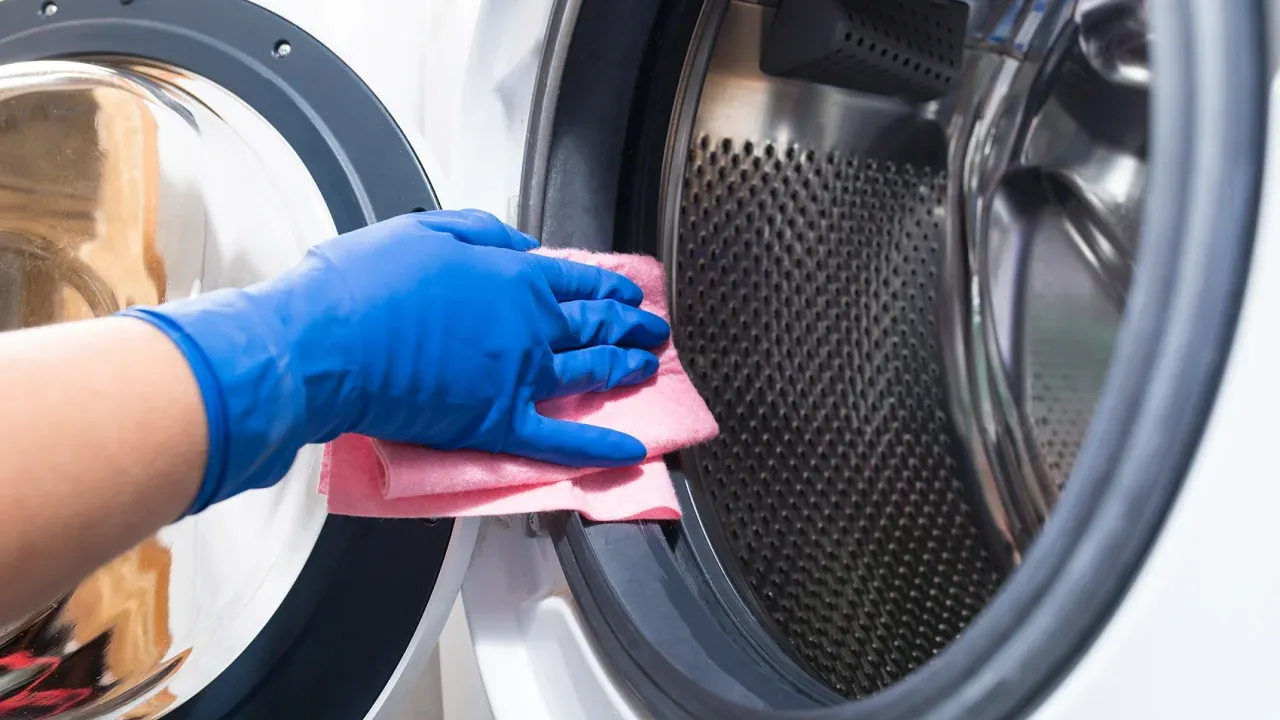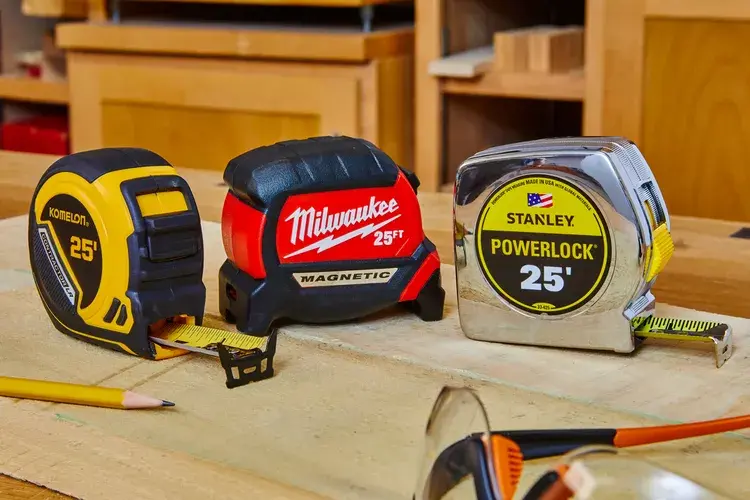If you properly season and take care of your cast-iron pan, it will give you many delicious meals for a lifetime. Learn how to season a cast iron pan properly by reading this post till the end.
The workhorses of the kitchen are these hefty, forged pans. They work well with a range of cooking methods and are reasonably priced and long-lasting.
Because cast-iron cookware is porous, rust can quickly occur if there is no protective layer in place. Pre-seasoning is typically included with new commercial cast-iron pans, but it’s not a bad idea to fortify that layer with your seasoning.
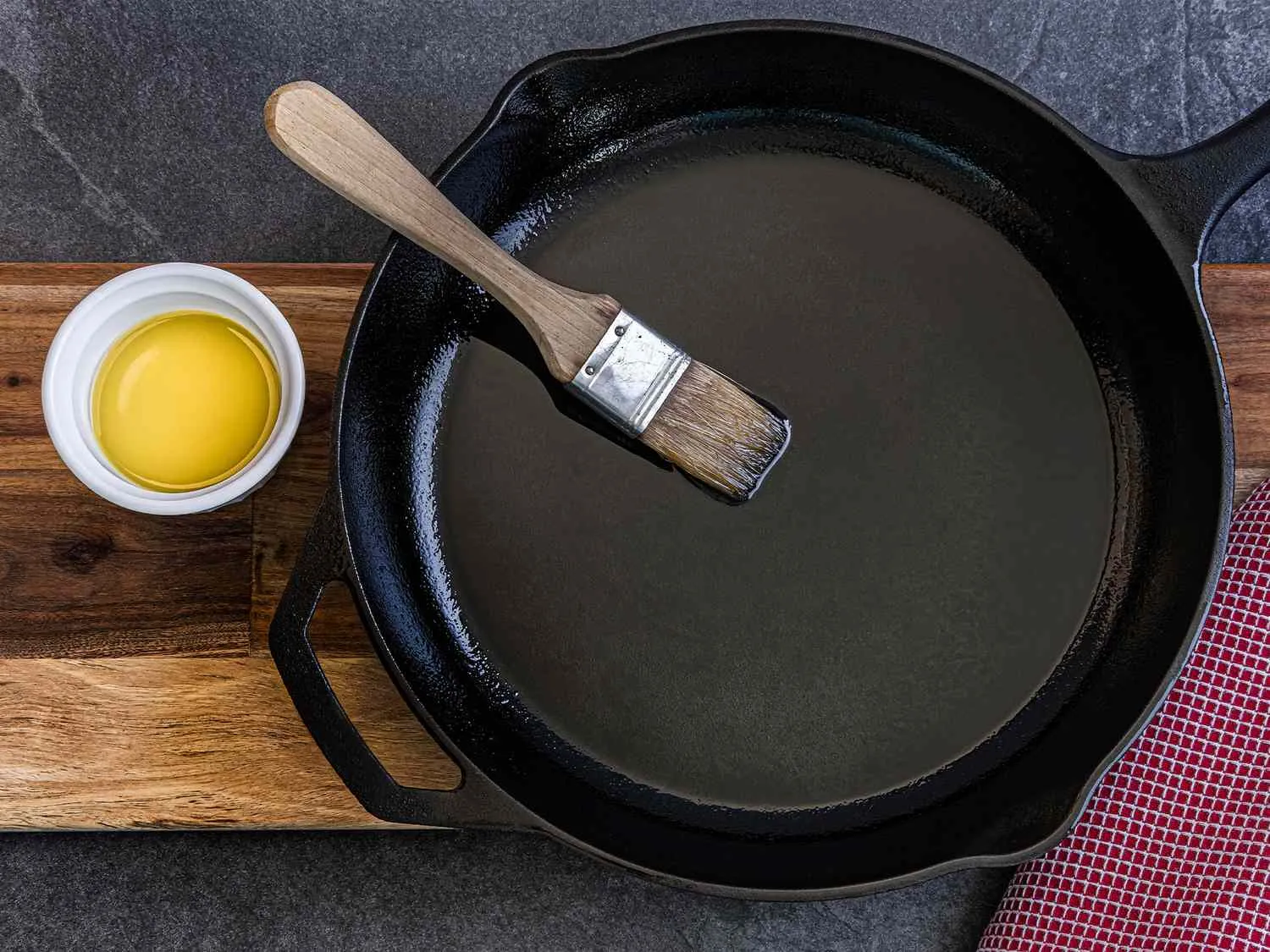
When oil on a pan heats up to a temperature higher than smoking, it carbonizes and becomes seasoned. The oil is changed into a plastic that adheres to the pan through a process known as polymerization.
By sealing the porous surface of the cast iron and preventing excessive sticking during cooking, the plastic coating also helps to prevent rust.
How to Season a Cast Iron Pan?
The hard, almost nonstick surface that coats your cast iron pan is called seasoning. These days, the majority of cast iron pans are pre-seasoned, so you can start cooking with them right out of the box.
But, the seasoning wears off with time, so you’ll need to reapply it by heating the pan until the oil adheres to the metal and brushing it with a thin layer of neutral oil.
Season your pan periodically to prevent the seasoning from eroding, but you’ll know it’s done so when certain areas of the surface appear dry and patchy.
To season your cast iron pan perfectly before cooking, follow the instructions laid down below:
Step 1
Just let your pan soak in hot water, and scrub with the sponge. The kind of sponge that doesn’t have scrubbing fiber and-tallow-based, and not the foamy-or-a kind you should use with an all-purpose household cleaner!
Step 2
For stubborn bits of food, mix some coarse salt with hot water to make gruel and rub. Top it off with hot water and rinse.
Step 3
Wipe a cast-iron pan well with a dry cloth after washing it, so it’s not left with any liquid hanging around.
How to Season a Cast Iron Pan in Oven
Seasoning your cast-iron pan has nothing to do with salt and pepper especially when done in the oven.
It’s all about putting on a protective coat of oil that will give your cooking surface some non-stick properties and ward off rust.
Even though you have to clean the skillet after each use and chefs say you should season it, too, that may only be necessary occasionally perhaps when you see signs that the seasoning is wearing thin.
Step 1
Take a paper towel or dishcloth and spread a small amount of cooking oil onto the inside of the pan in an oven.
Step 2
At 350°F, bake the pan for one hour to form a bond between the oil and the pan, creating a natural nonstick surface.
How to Maintain a Cast-Iron Pan
With proper care, your cast-iron pan will remain rust-free and nonstick for an extended period.
Using a cast-iron pan regularly is the best way to keep it seasoned. According to Stubblefield, “oil forms a layer of seasoning when it is heated in cast iron because of a process called polymerization, which bonds the oil with the metal.”
When you first get your pan, cook fat-containing foods (bacon, eggs, etc.) in it to help intensify the seasoning. Cast iron should not be used to cook acidic foods since this will erode the seasoning.
Make sure your cast iron is completely dry after cleaning it. By doing this, the pan is shielded from rust accumulation.
What are the Helpful Tips for Seasoning a Cast Iron Pan?
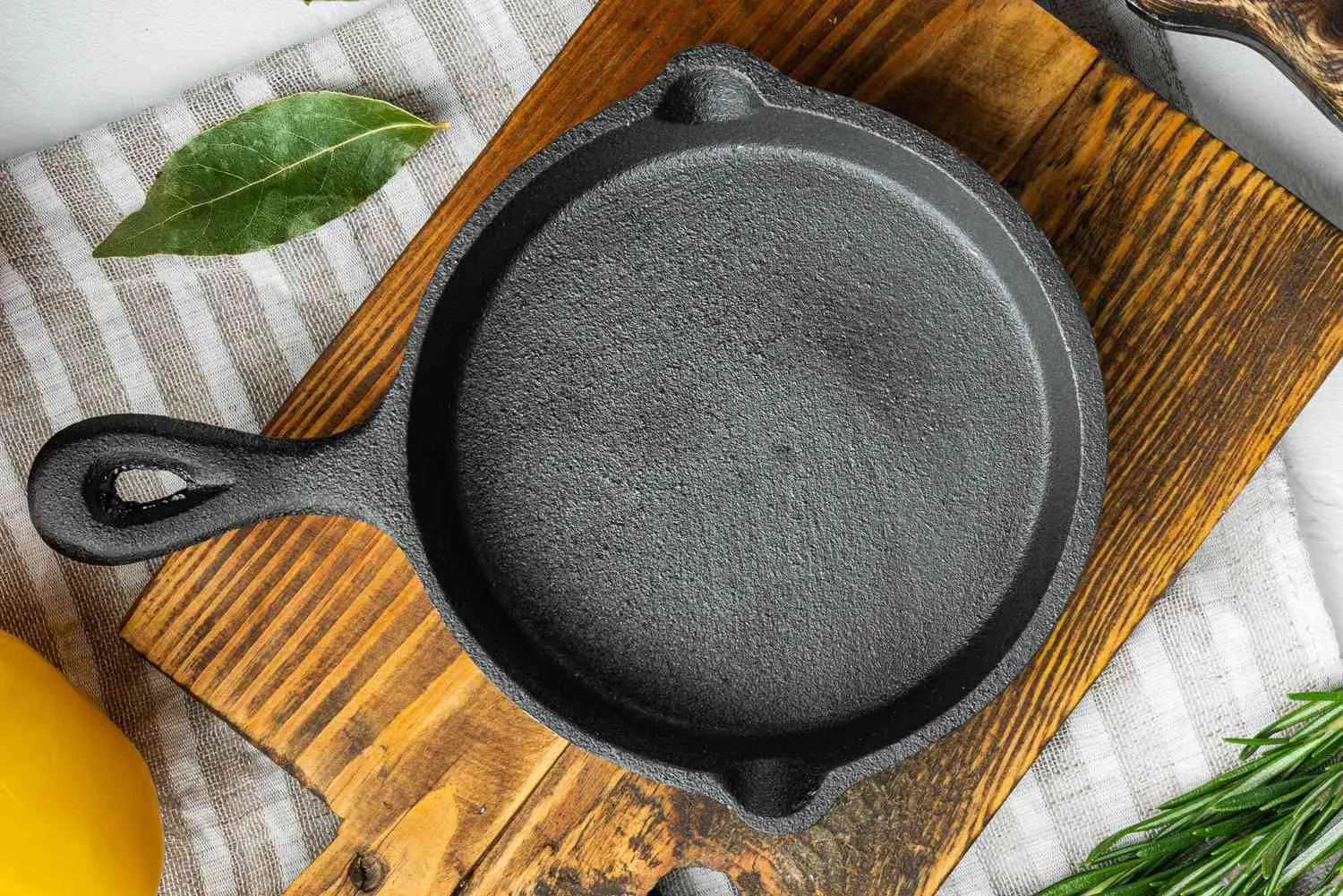
Follow these tips for seasoning your cast iron pan perfectly at home;
1. To prevent odors from entering your home, strip your cast iron outside in a fire pit.
2. Use a sacrificial towel to protect your counter, because seasoning can be a messy process.
3. Invest in a roll of paper towels for the seasoning process; if you don’t, you’ll squander a lot of towels.
4. Avoid using too much oil when seasoning your pan. It’s simple to assume that one thick layer will work faster than several thin ones. This will result in a thick, sticky coating that is neither smooth nor non-stick.
5. Because the seasoning process can be a little smelly, try to season your cast-iron pans on a day when you can open your windows.
6. Once you can wipe a paper towel over the pan’s surface without any residue coming off, stop seasoning it.
7. Cast iron seasoning is most effective when the pan is seasoned up to four times.
8. It might only take one more seasoning coat on new pans.
9. It might take more than four applications for older pans. Use the paper towel residue as a reference.
How to Remove Rust from a Cast Iron
A cast iron pan may rust if it is not adequately dried or is left in wet conditions for an extended period. However, it can be revived with a little elbow grease, which is great to know if you find a cheap, neglected second-hand pan.
You’ll need to use the pan more forcefully to remove the rust. Using an abrasive scourer, thoroughly scrub the pan and allow it to air dry; it is best to do this over a low flame.
There are a lot of different recipes and methods for soaking pans in white vinegar and water available online. However, we discovered that using plain old table salt alone works just as well.
The salt will quickly turn from white to a rusty grey color, which indicates that it is working to remove the rust from the pan. Generously sprinkle the pan with the salt and scrub it in with a dry piece of folded kitchen paper.
Once there is no longer any rust, discard the salt and add more. After that, wash the pan once more and season it thoroughly.
What Temperature Should I Use When Seasoning Cast Iron?
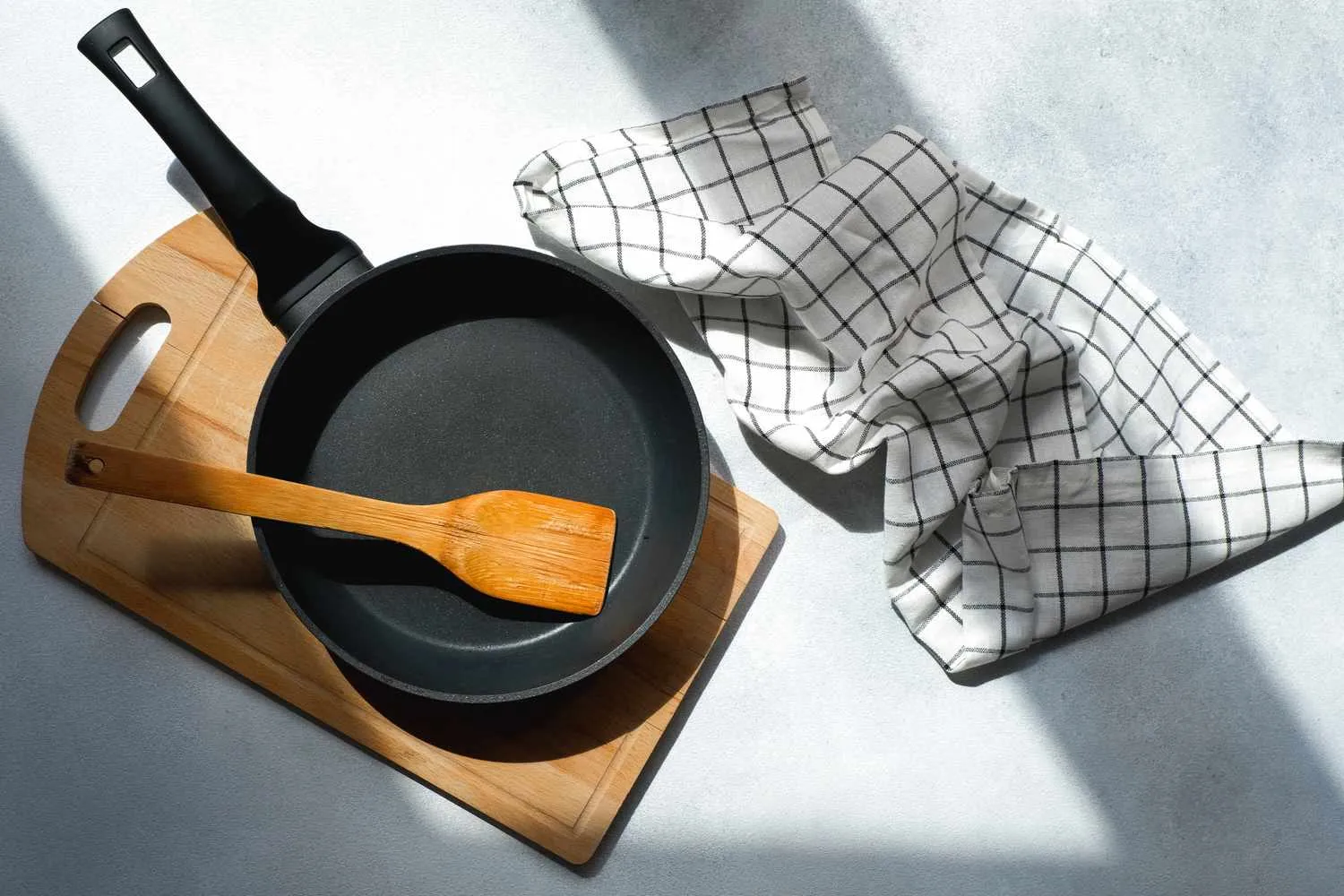
The oil must be heated past its smoking point for polymerization to occur and form a glossy, non-stick coating. Set the pan on medium-high heat if you plan to season it over a flame.
If you choose to use the oven method, make sure the oven is set to very high, which is roughly as high as most ovens go: 240C/220C fan/gas 9.
It will take a lot longer in the oven to finish the process, and you will need to put it back in for a longer period if the pan feels sticky instead of smooth.
How Do You Properly Use and Maintain a Cast Iron
When cooking, use enough oil or other fat to ensure even browning and clean releases. Even with proper seasoning, most cast-iron pans won’t function exactly like a Teflon-coated non-stick pan, but they can come pretty close if you use a substantial amount of fat.
To preserve the seasoning coating after cooking, steer clear of soap or abrasive scrubbers during routine cleanings. Instead, use hot water, a soft sponge, and some kosher salt to buff away any remaining residue.
After wiping the pan dry with a paper towel, place it over medium heat on the stove to evaporate any residual moisture and avoid rusting.
When the pan is still hot, add 1/2 teaspoon of oil and use a paper towel to rub it in completely and evenly across the pan if it appears a little dull afterward.
We hope by using our steps to season your cast iron pan; you have been able to do so successfully. Don’t forget to take care of your pan perfectly after having it seasoned.
